
WordPress 6.7.2: Boosting Security, Speed, and Stability
WordPress 6.7.2 is a maintenance update designed to improve website stability and security. Timely updates are essential.
WordPress recently rolled out version 6.7.2, a maintenance update designed to boost website stability and strengthen security. The incremental improvements found in this release lay the groundwork for a more robust platform, ensuring that users are well-prepared for the next major release — version 6.8 — which is scheduled to launch on April 15, 2025.
Key Takeaways
- On February 11, 2025, WordPress version 6.7.2 was released. [WordPress]
- The update addresses 35 issues in key components such as the block editor, HTML API, and Customize panel.
- These fixes result in a more stable platform and robust website management experience.
Table of Contents
- Key Takeaways
- Table of Contents
- Key Components of the 6.7.2 Maintenance Release
- Why WordPress v6.7.2 Matters
- The Risks of Not Updating
- How to Safely Update to WordPress 6.7.2
- Why Professional Help Matters
- Conclusion
- Frequently Asked Questions About WordPress
Key Components of the 6.7.2 Maintenance Release:
1. Security Enhancements
WordPress 6.7.2 is an extension of the 6.7 version’s measures to defend against malware and brute-force attacks. It addresses vulnerabilities such as:
- Cross-Site Scripting (XSS), which injects malicious scripts into a website. v6.7.2 prevents these injections to preserve user data and site integrity.
- Structured Query Language (SQL) injection. Update 6.7.2 guards against data theft and manipulation as a result of SQL injections.
- Authentication bypass. The recent update strengthened login processes to block unauthorized access. Only authorized WordPress users can access and manage the site.
2. Performance Improvements
Version 6.7.2 improves website speed and reduces server load, benefitting high-traffic and complex sites.
Here’s a rundown of improvements included in the update:
- Core Component Optimization: Enhances responsiveness and stability.
- HTML API Enhancements: Reduces errors and improves the content display.
- Optimized Scripts and Styles: Ensures faster rendering.
3. Compatibility Updates
The 6.7.2 release specifically addresses bugs introduced in version 6.75. Thus, it ensures better compatibility with third-party themes and plugins, reducing the risk of conflicts that could disrupt site functionality.
4. Bug Fixes
v6.7.2 also resolves several community-reported issues. Here are the fixes included in the update:
- Block Editor Fixes: Corrects block spacing, metadata, and rendering glitches.
- HTML API Improvements: Provides a more error-free editing experience.
- Customize Panel Updates: Enhances live previews for appearance settings.
- Theme Consistency: Refines the Twenty Twenty-Five theme for a uniform look.
Lastly, by updating to version 6.7.2, website owners can resolve issues like glitches in block rendering and pagination problems in the admin area.
Why WordPress v6.7.2 Matters
Before the 6.7.2 update, WordPress sites may have encountered issues such as pagination problems, block rendering glitches, and theme instabilities. These bugs could harm the user experience (UX) and expose security vulnerabilities. Updating ensures optimal functionality and a secure, smooth browsing experience.
Here are issues that websites encountered prior to this update and how v6.7.2 resolves them:
Theme and Plugin Compatibility
Prior to the maintenance release, many WordPress users encountered conflicts between themes and plugins, leading to display errors or crashes. But, with v6.7.2’s compatibility updates, websites now run seamlessly, even those with custom themes and multiple plugins.
Additionally, the Twenty Twenty-Five default theme has been refined to deliver a more consistent look and feel across all websites, further enhancing browsing experiences.
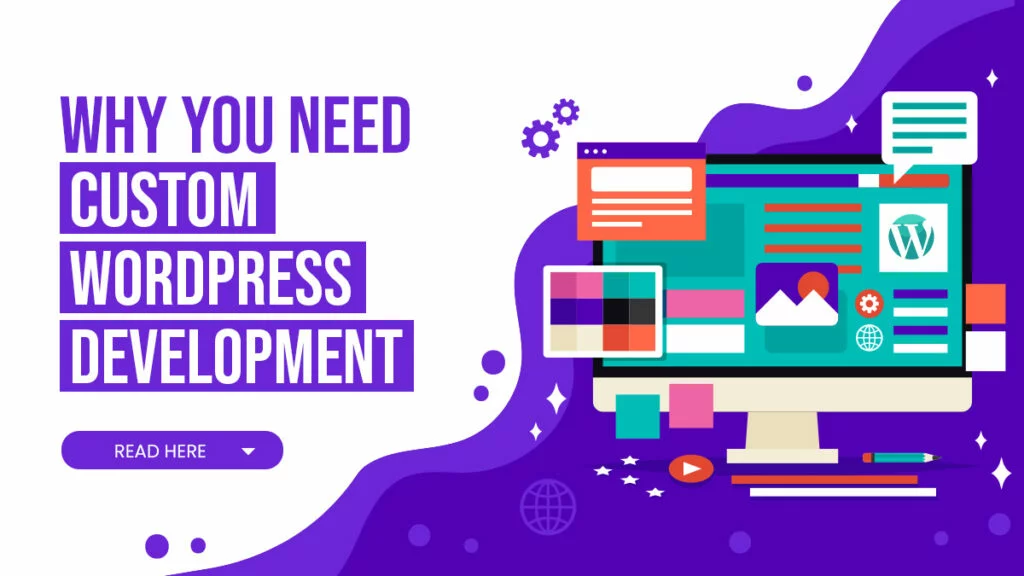
Faster Loading Times
Users frequently reported performance issues, particularly on websites with heavy media content or eCommerce functionality. Thanks to the recent performance improvements, websites now load faster, delivering a smoother UX while boosting search results rankings.
Protection from Security Breaches
Outdated WordPress websites are vulnerable to security breaches. Regular updates keep your website secure and resilient against threats like XSS and SQL injections, which could lead to the following:
- Data breaches;
- Loss of customer trust, and
- Legal issues.
Fortunately, v6.7.2’s recent security patches protect your website from these threats, ensuring that your site delivers positive experiences.
The Risks of Not Updating
Neglecting to update your WordPress website exposes it to several risks:
Theme and Plugin Conflicts
Running outdated themes or plugins can lead to compatibility issues and result in errors or crashes. To prevent such issues, WordPress users need to update all themes and plugins to maintain compatibility.
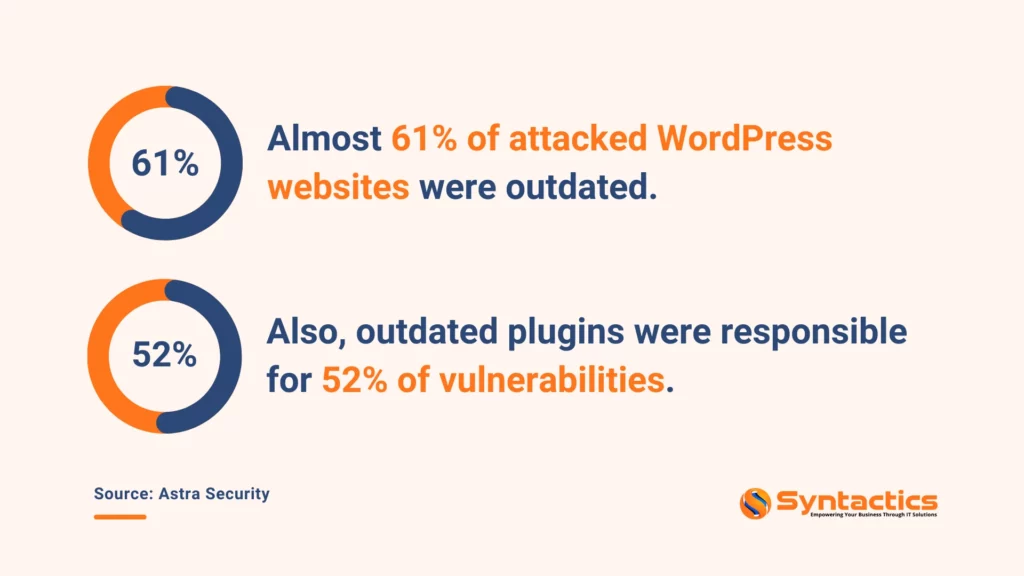
Source: Astra Security.
Hacking Attempts
Regularly updating to the latest WordPress version is crucial for maintaining a healthy and secure site.
In addition, outdated versions can have unpatched security issues, making them a prime target for hacking activity. Malicious actors exploit vulnerabilities present in older versions to gain access to your WordPress website, steal sensitive data, or inject malicious code.
Poor Performance
Sites without the latest optimizations may suffer from slow loading times. These can drive visitors away and negatively impact search engine rankings.
According to WebFX, 83% of users expect websites to load within three seconds, and 40% will abandon sites that take longer than that to load.
How to Safely Update to WordPress 6.7.2
If the WordPress site in question doesn’t support automatic background updates, here’s how to properly implement the update process:
1. Always create website backups before performing updates.
2. If possible, test the update on a staging site to ensure compatibility with existing themes and plugins.
3. Ensure that themes and plugins are up-to-date before updating WordPress.
4. Update WordPress to its latest version.
5. Monitor your site afterward to ensure that everything is working correctly.
Why Professional Help Matters
Though the WordPress update process is simple, unexpected issues can arise on complex websites. As such, many businesses partner with a trusted WordPress web design company to keep their site updated and secure.
Expert WordPress specialists who specialize in implementation and maintenance provide websites with the following advantages:
- Regular updates
- Efficient troubleshooting for technical issues
- Security patches
- Seamless performance
- Customized themes, plugins, and features
- Improved Search Engine Optimization (SEO) performance
- Mobile optimization
Staying proactive with updates helps prevent vulnerabilities and improves user experience.
Conclusion
WordPress 6.7.2 addresses 35 bugs in the Core and Block Editor, boosting stability and security for a smoother experience.
Collaborating with an expert website design company helps you navigate WordPress complexities, maintain performance, and build an engaging online presence.

Frequently Asked Questions About WordPress
When was WordPress 6.7 released?
WordPress 6.7, “Rollins,” was released on November 12, 2024.
What are the 7 steps to create a WordPress site?
Here are the seven steps to create a WordPress website:
1. Choose the domain and hosting services.
2. Install WordPress.
3. Select a theme.
4. Customize the theme.
5. Add content to the website.
6. Customize site settings.
7. Install plugins.
Which famous company uses WordPress?
Due to its popularity, a variety of famous companies use WordPress, including the following:
- Adobe
- CNN
- Meta
- Mercedes-Benz
- Microsoft
- The Rolling Stones
- Sony
- Time Magazine
- TechCrunch


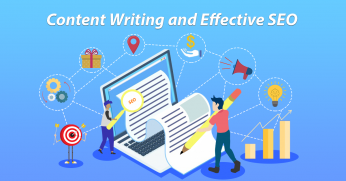







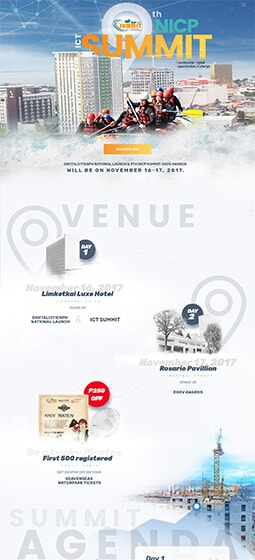

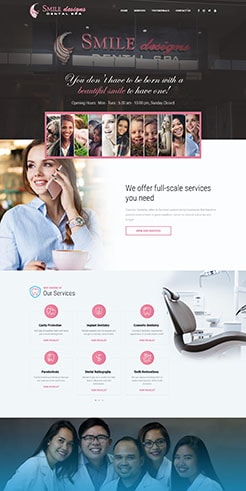


Comment 0